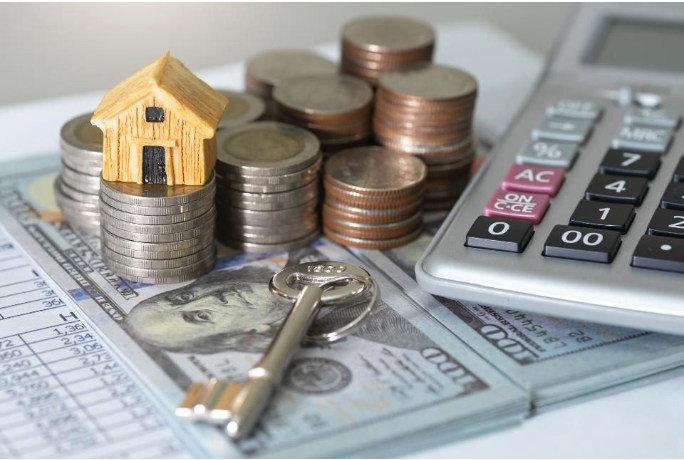Page 25 241 - 250 of 400
Who Holds Funds in a 1031 Exchange?

A 1031 exchange can be a highly productive tactic for real estate investors, potentially enabling them to leverage the appreciation in one property to invest in others. Investors have varied motivations for selling an asset and replacing it with another one—including upgrading, diversification, geographic pursuits, and more. If the owner manages the transaction using a traditional sale and purchase arrangement, the investor will owe capital gains taxes on the appreciation of the property they sell. Paying that tax can restrict the amount they have available for reinvestment in a new property.
Do Banks Offer 1031 Exchanges?

A 1031 exchange is a financial tool that can assist investors in leveraging their investment gains to continue investing. Here’s how it works:
Is a Trade in a Like-Kind Exchange?

The term "like-kind exchange" refers to a tool that investors use to defer the payment of capital gains resulting from the disposition of an investment property. These transactions are often called 1031 exchanges, referencing the section of the Internal Revenue Code that authorizes the practice. A 1031 exchange is a proceeding by which an investor can defer the payment of capital gains due on the sale of investment property, subject to specific stipulations:
Who Can Do a 1031 Exchange?

A 1031 exchange is a tool that real estate investors sometimes employ intending to defer payment of capital gains taxes. By doing so, they can reinvest the entire proceeds from selling an asset. Fortunately, the IRS approved the use of this procedure, as long as the taxpayer carefully follows the rules.
How Will the Inflation Reduction Act Affect Audits?

As is often the case with marquee legislation, the Inflation Reduction Act of 2022 has a subject title designed for appeal rather than accuracy. In this case, there is some question about the degree (and direction) of the new law's ability to affect inflation. However, there is no question that it will significantly affect several areas of the U.S. economy. Secondary to the potential impact on inflation, the legislation may increase the ability of the IRS to perform audits. In that scenario, will taxpayers reporting 1031 exchange transactions be targeted? It’s a good question to consider, especially since the tactic has recently been deemed at risk of modification or elimination in past election cycles.
Does Gold Qualify for a 1031 Exchange?

As an investor, using a 1031 exchange to defer the payment of capital gains taxes when you sell property is often a goal. After all, doing so can increase your funds for reinvestment, thus enabling you to better leverage your investment power. Sequential exchanges can compound this effect, helping you grow your portfolio. For many investors, it's a rational approach.
Which States Do Not Recognize 1031 Exchanges?

Completing a 1031 exchange after selling an investment property can help real estate investors increase the purchasing power of their investment capital and also defer taxes on any realized capital gains.
Can You 1031 Exchange From a Rental Into a Vacation Home?

If you’ve ever dreamed of selling your dreary rental home in the Rust Belt and completing a 1031 exchange into a relaxing vacation home in a sunny beachside community, keep on reading.
How Do 1031 Exchanges Work?

In the simplest terms, a 1031 Exchange allows a taxpayer to defer the recognition of capital gains tax due from the sale of investment property by replacing the sold property with a "like-kind" property of the same or greater value. Section 1031 of the Internal Revenue Code originally applied to personal property as well as real estate, but was amended by the Tax Cuts and Jobs Act to remove exchanges of intangible and personal property. To successfully defer the capital gain, the taxpayer must use the profit from the sale to purchase a like-kind property within 180 days.
What Is A Reverse 1031 Exchange?

A 1031 exchange offers an opportunity for investors to reinvest the capital gains from selling an investment property without diverting a portion of the gain to pay capital gains taxes. This tactic can increase the buying power the investor can put to work in their next purchase, but it's a complex transaction, and strict rules and tight timelines govern it. For example, in an ordinary 1031 exchange, the clock starts ticking as soon as the investor sells the initial property, referred to as the relinquished asset.
Page 25 241 - 250 of 400


